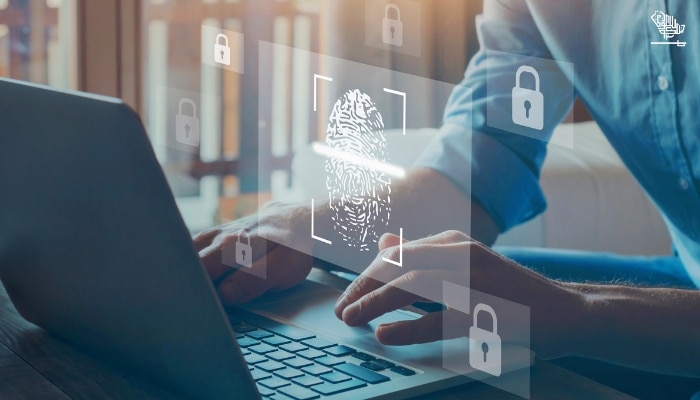How can companies secure their digital assets during increasingly refined cybersecurity threats? What role does a dedicated support team play in safeguarding sensitive information? The answer lies in the varied tiers of support offered by specialized teams focused on digital protection.
To fully comprehend the structure of digital security, it is essential to understand the distinct support tiers that make up a robust defense strategy. SOC services is a framework designed to monitor, detect, and respond to cyber threats. Organizations can better allocate resources by categorizing support into different levels and ensuring the appropriate expertise is applied to each situation.
Initial Monitoring and Alerting: The First Line of Defense
Monitoring is the primary focus at the foundational tier. This level involves continuous observation of networks and systems to identify suspicious activities. This tier acts as the first line of defense, where potential threats are detected early, often before they escalate into significant issues. This tier ensures organizations have real-time visibility into their systems, enabling prompt detection and response to anomalies. It is crucial to maintain a proactive stance against cyber threats.
In-Depth Analysis and Threat Hunting: Going Beyond the Surface
The next tier moves beyond essential monitoring to include a more detailed examination of potential threats. This level is characterized by in-depth analysis and threat hunting, where experts dig deeper into the data to uncover hidden risks. By scrutinizing logs and network traffic, they can identify sophisticated attacks that may have bypassed initial detection.
This tier often involves the use of advanced tools and techniques to:
- Correlate data from multiple sources
- Perform root cause analysis of detected anomalies
- Hunt for threats that may be lurking within the network
At this stage, the objective is to ensure that even the most subtle indicators of compromise are identified and addressed promptly.
Incident Response and Mitigation: Taking Action
Once a threat has been determined, the focus shifts to incident response and mitigation. This tier is about taking decisive action to contain and neutralize the threat. It involves a collaborative effort to minimize the attack’s impact and repair normal operations as quickly as possible.
This tier is critical for minimizing downtime and ensuring that the organization can continue to operate securely even in the face of an attack.
Strategic Planning and Policy Development: A Long-Term Approach
Beyond immediate response and mitigation lies strategic planning and policy development. This tier focuses on the organization’s long-term security posture, ensuring that lessons learned from past incidents are used to improve future defenses.
It involves developing and implementing security policies and performing regular audits and assessments to identify areas for improvement. This tier is essential for building a resilient security framework that can adapt to evolving threats and protect the organization long-term.
Specialized Support: Tailoring Security to Specific Needs
Some organizations require specialized support beyond the standard tiers. This may include services such as compliance monitoring, vulnerability management, or incident response for specific types of attacks.
These tailored solutions address each organization’s unique needs, providing additional protection where needed most. This tier ensures that organizations meet security requirements and comply with industry regulations.
Knowing the different tiers of support within the SOC services framework is critical to building a solid defense against cyber threats. By understanding what each tier offers, organizations can ensure they have the right level of protection in place to safeguard their digital assets.
This comprehensive approach to digital security is essential for staying forward with evolving threats and maintaining the integrity of sensitive information.
DISCLAIMER: The images/videos/logos showcased on this page are the property of their respective owners. We provide credit and sources wherever possible. However, If you find that your image/video is displayed on this blog without authorization, please contact us with the relevant details, and we will promptly address your concerns.




